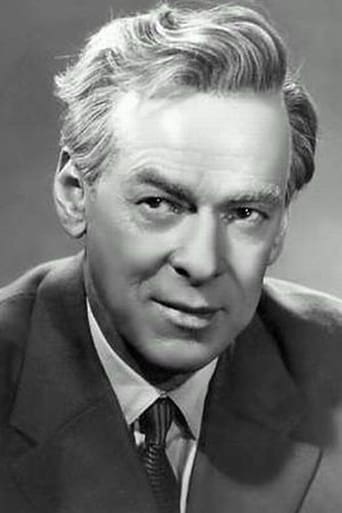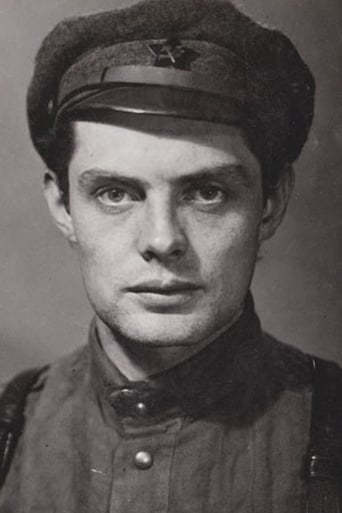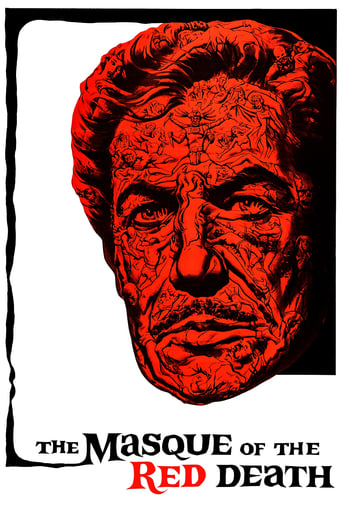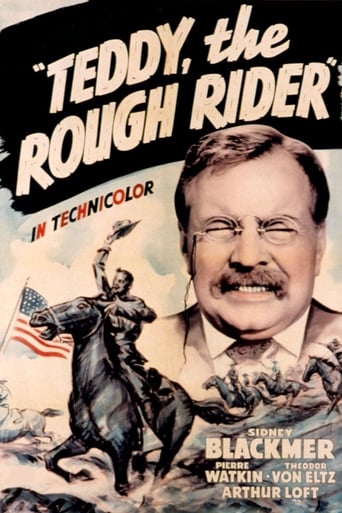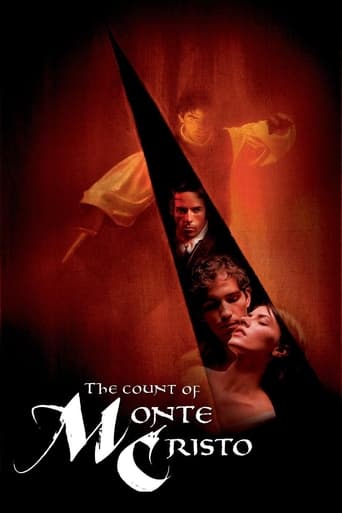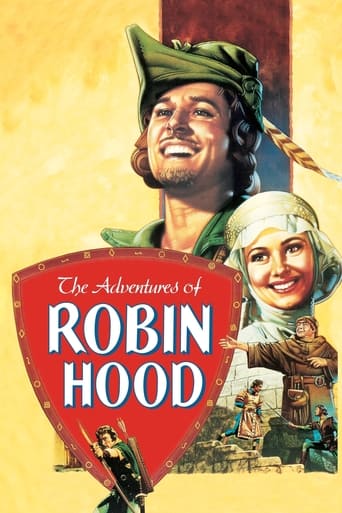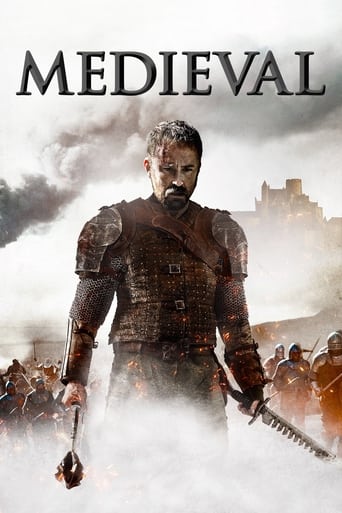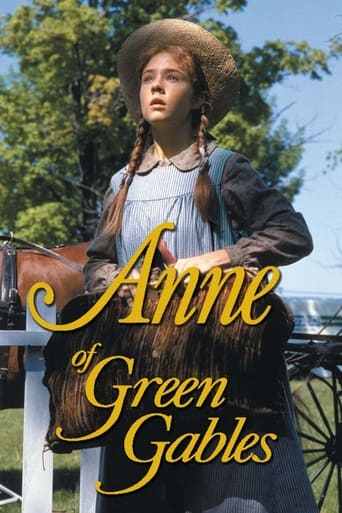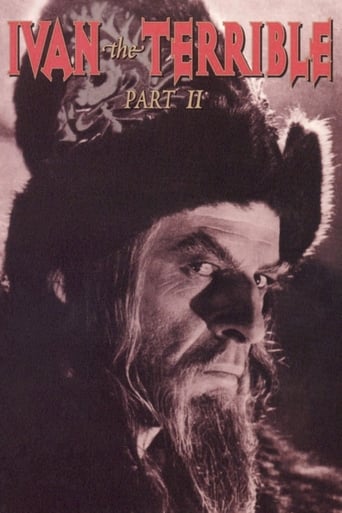
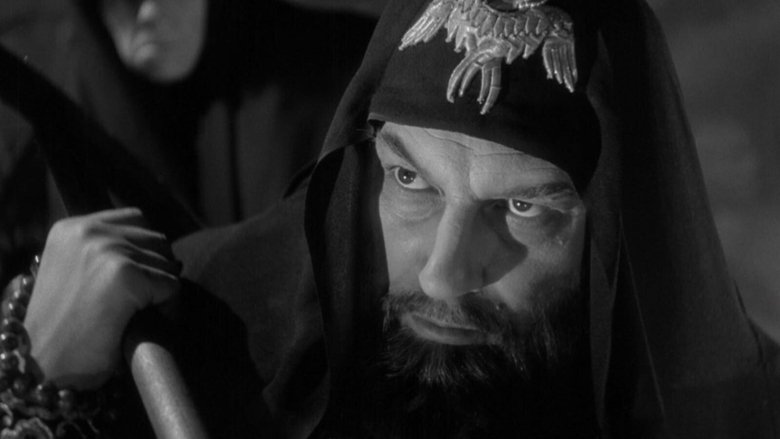
Ivan the Terrible, Part II: The Boyars' Plot (1958)
This is the second part of a projected three-part epic biopic of Russian Czar Ivan Grozny, undertaken by Soviet film-maker Sergei Eisenstein at the behest of Josef Stalin. Production of the epic was stopped before the third part could be filmed, due to producer dissatisfaction with Eisenstein's introducing forbidden experimental filming techniques into the material, more evident in this part than the first part. As it was, this second part was banned from showings until after the deaths of both Eisenstein and Stalin, and a change of attitude by the subsequent heads of the Soviet government. In this part, as Ivan the Terrible attempts to consolidate his power by establishing a personal army, his political rivals, the Russian boyars, plot to assassinate him.
Watch Trailer
Cast
Similar titles

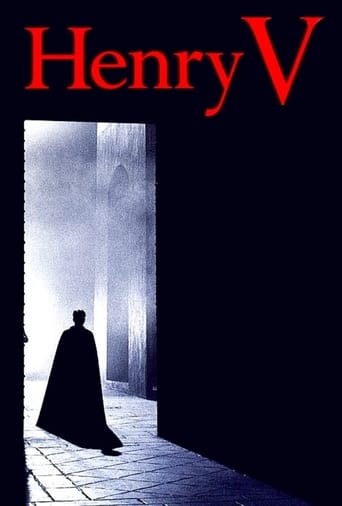
Reviews
Wonderful character development!
So much average
Good films always raise compelling questions, whether the format is fiction or documentary fact.
The plot isn't so bad, but the pace of storytelling is too slow which makes people bored. Certain moments are so obvious and unnecessary for the main plot. I would've fast-forwarded those moments if it was an online streaming. The ending looks like implying a sequel, not sure if this movie will get one
As Ivan the Terrible attempts to consolidate his power by establishing a personal army, his political rivals, the Russian boyars, plot to assassinate their Tsar.This film has made it to Roger Ebert's "Great Movies" list, as well as many other lists of movies to see before you die. And, indeed, it really is an incredible story of Russia, the Tsar, the church and the boyars (the old aristocracy in Russia).But what makes the film most notable is not the film itself (though it is good), but its production history. This film upset Stalin himself, effectively banning the movie for over a decade, as well as resulting in the cancellation of part three and essentially ending Sergei Eisensein's film career. As Eisenstein is possibly the greatest Russian director of all time, this is quite a feat.
(Also see my review of Part I) Before viewing Part II, understand the term "Zemshchina".Everything is stylized. Don't though write off the acting style as hopelessly old fashioned; in the end it's quite effective. Figurative paintings decorate many of the walls; nearly every scene looks like an example of "icon painting".Shadows are used a lot: emphasize the action, or show a possible alternate reality, or portray a character's inner thoughts, or foreshadow, or undercut the action's meaning, or suggest madness.Part II is mostly B&W like Part I, but with a couple fairly short color sections. Eisenstein emphasized red and green/blue/black. Although the use of color was experimental, it's surprisingly effective.Ther's lots of cuts to other people, different vantage points, closeups, shifts to stay with the action, and so forth. But the camera only moves between shots; there aren't any dolly shots or rack focus, and arguably no tracking shots.Soviet Realism wanted films to be so simple -with few stylistic "tricks"- they could be apprehended by anyone. So Eisenstein wasn't allowed to use his own "montage" techniques. He nevertheless snuck in comparisons big-time. Comparisons are prompted when dialog and actions don't quite match; when different characters assume the same odd posture; between the real humans and the wall paintings; between film scenes and well-known paintings, between two different characters in the same frame; between characters and objects; and even between almost identical scenes several minutes apart.It's well known that Part I won the "Stalin Prize", Part II was completed but then put "on the shelf", and Part III canceled. The content of the films don't explain why; Ivan's worst abuses are never shown, and aren't even talked about much. There were significant censor-required changes even to Part I, and the Stalin Prize was hotly debated. The real difference was Part I was judged during WWII, Part II after its end.
It just so happens that IVAN THE TERRIBLE, PARTS I and II both had entries in the 50 Worst Movies book by Harry Medved. Now, I do think that declaring they are among the worst movies ever is an overstatement, though they are still both pretty poor films--particularly the first one, as it featured more eye rolling and "googly eyed looks" than I have ever seen before!! Director Eisenstein and an awful lot of other people out there thought this made the film "artsy and profound"--and since I am legally sane, I must say that I hated this first film!! The second, while still very incomplete-looking, is a vast improvement, as eye rolling is minimal, though overacting and long boring scenes are present in this film just like in part 1! While part 2 looks pretty incomplete and needed at least another hour (especially since it never gets to Ivan's insane behavior later in life--like killing his son and heir while in a fit of anger). Since both parts 1 and 2 were commissioned by Stalin to both excuse his own murderous reign and glorify him, it's no surprise that Ivan's life story is left very incomplete. Even without all the truly awful behaviors of Ivan, apparently the supremely evil Stalin STILL didn't like the film and wouldn't allow its release during his lifetime. Maybe he didn't allow this because he was more worried people would see what a HUGE waste of money and resources the film was instead of seeing Stalin as a crazy guy just like Ivan! By the way, there was one segment of this tedious film that was just so cool that the film merits a 4 (without it, a 2)--and that's the scene with Prince Vladimir at the banquet! It is well-done and pretty funny in a dark way. And, the scene was done in a Russian version of 2-color Technicolor. This is VERY odd, by the way, because by the mid-1930s, a vastly improved true color process was developed by Technicolor that no longer made everything look all orangy-red and greenish-blue. So, this film during the color sequences looks a lot like a silent or early sound color film. Very odd indeed for the 1940s.
There is more than a passing resemblance to the easily-recognized ideological mantrums (and nostrums) of Cesar's Rome, Napoleon's French Revolution, Hitler's Third Reich, and modern day Myanmar-style dictatorships. It is worth remembering here that Bush II has been quoted as an admirer of Hitler in this regard; however, he had not yet seen Ivan the Terrible at the time of his remark. Sergi Einstein, Film Creator and Director, represents here the forces of enlightenment having finally penetrated the Art and Craft of cinematography, in the same tradition of today's Aung San Su Kyi in Myanmar, who penetrated the socio-economics of dictatorial politics became a martyr for Burmese political democracy, or Martin Luther King who became a martyr for religious integrity in America. Each penetrated the art and craft of the "media" with their message of enlightenment in their own time, and each was subsequently both lionized and martyred by the pallid posturings and inaction of the surrounding civilizations of their own time.The film today continues to serve as a brilliant expose of the psychotic "magical thinking" and egotistical self-delusion behind the ageless struggles for political and religious righteousness and supremacy, from neocon ideological "crusades" to terrorist socio-economic "jihad" in the name of destiny, righteousness, and, yes, even god, and clearly demonstrates the historical failure of concomitant collaboration between religious theological and political ideological "purity" to mask the ulterior pursuit of base self-aggrandizement in the all-seeing eye of history.
